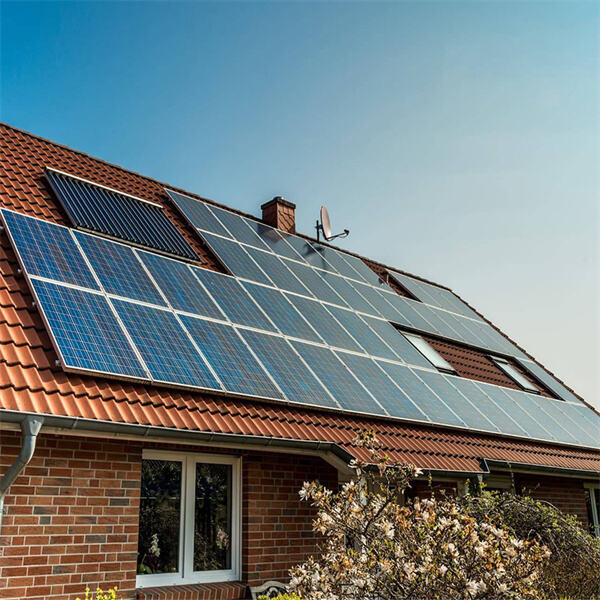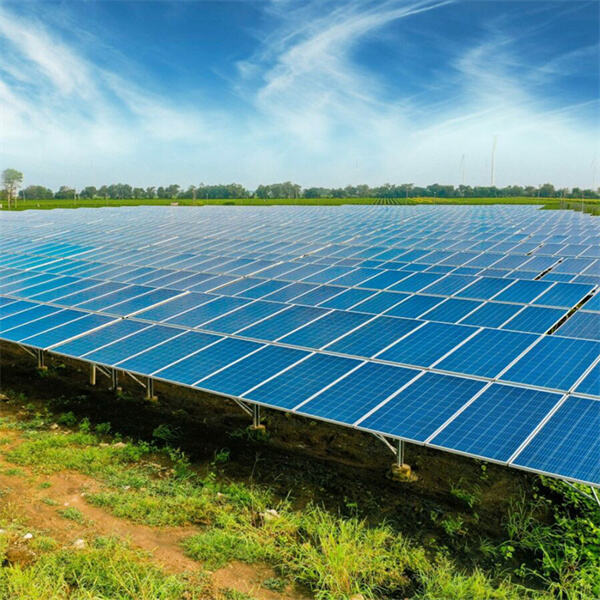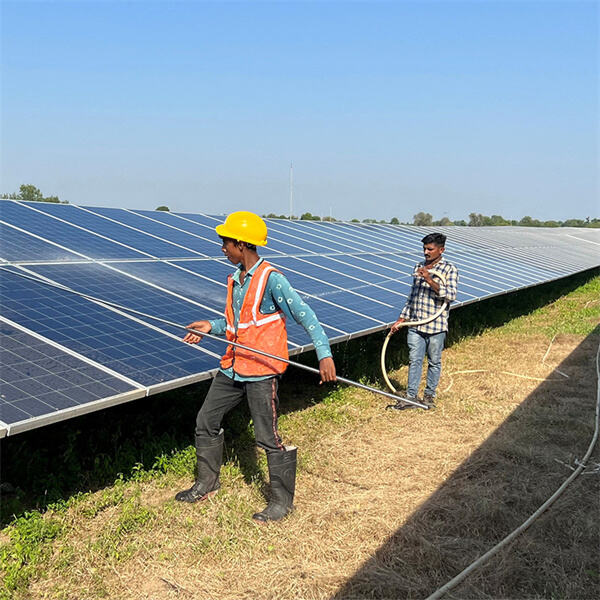So, when looking for a way to harness solar energy, monocrystalline PV panels is your best bet! These panels are constructed of one crystal structure, so they are highly effective at converting sunlight into electricity. In this post, we will likewise reintroduce you to dise advantages of monocrystalline PV solar power panels, how do these work, why do many individuals want to use them, consider your first and another type of solar energy panels, and have a discussion about why it is a wise decision for solar technologists to help make use of.
There are several advantages of monocrystalline PV panels which has made it a preferred choice for solar power. One big advantage is the high effectiveness. These panels can convert lots of sunlight into electricity. This allows them to generate more power in less space than many other types of solar panels can.
Mono panels, the durability of the monocrystalline PV panels is yet another advantage. They are also built from a single crystal structure, which means that they are extremely sturdy and tough to destroy. That is to say, they don’t require much maintenance and can last longer compared with other solar panels.

How Monocrystalline PV Panels Work Simply put, monocrystalline PV panels convert sunlight into electricity using silicon crystals. Sunlight striking the panel causes the electrons in the silicon crystals to move, generating an electrical current. This current is then harvested, and converted into electricity that can be used to power homes, businesses and structures.

Most individuals choose monocrystalline PV panels as they are extremely efficient and long lasting. They can generate more power in less space, which makes them a good fit for rooftops and other small spaces. And their single crystal structure means they are highly durable, so they require less maintenance and replacing too.

Monocrystalline PV panels compared to other types of solar panels (polycrystalline and thin-film panels) most of the time monocrystalline panels are a better option. They are more efficient at converting sunlight into electricity, so they can generate more power in the same amount of space. They are additionally more resilient and last longer, so they are a cost-effective option in the long run.